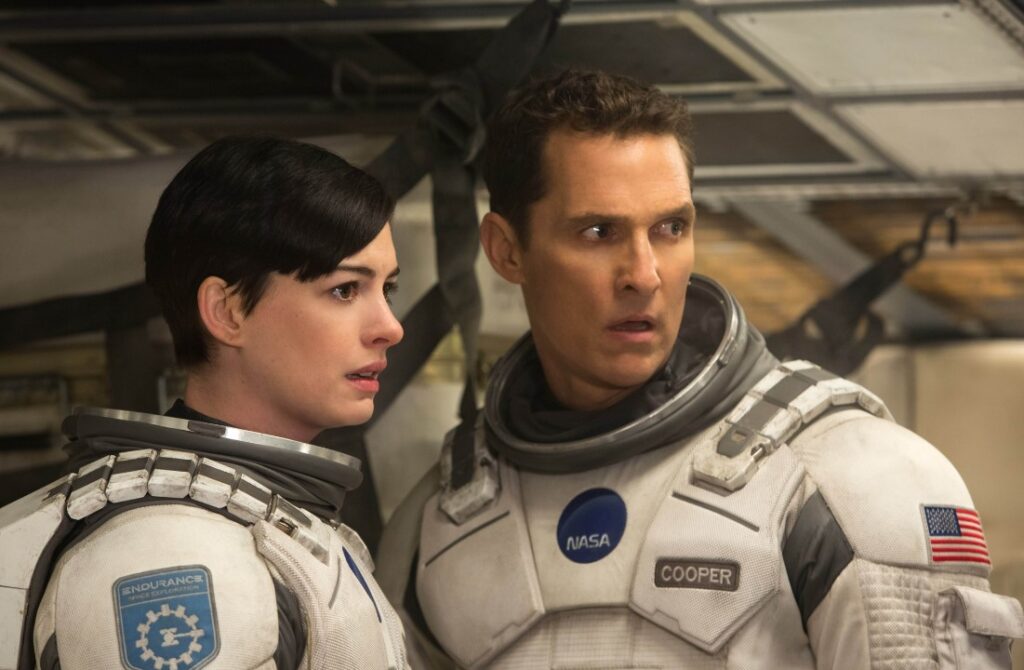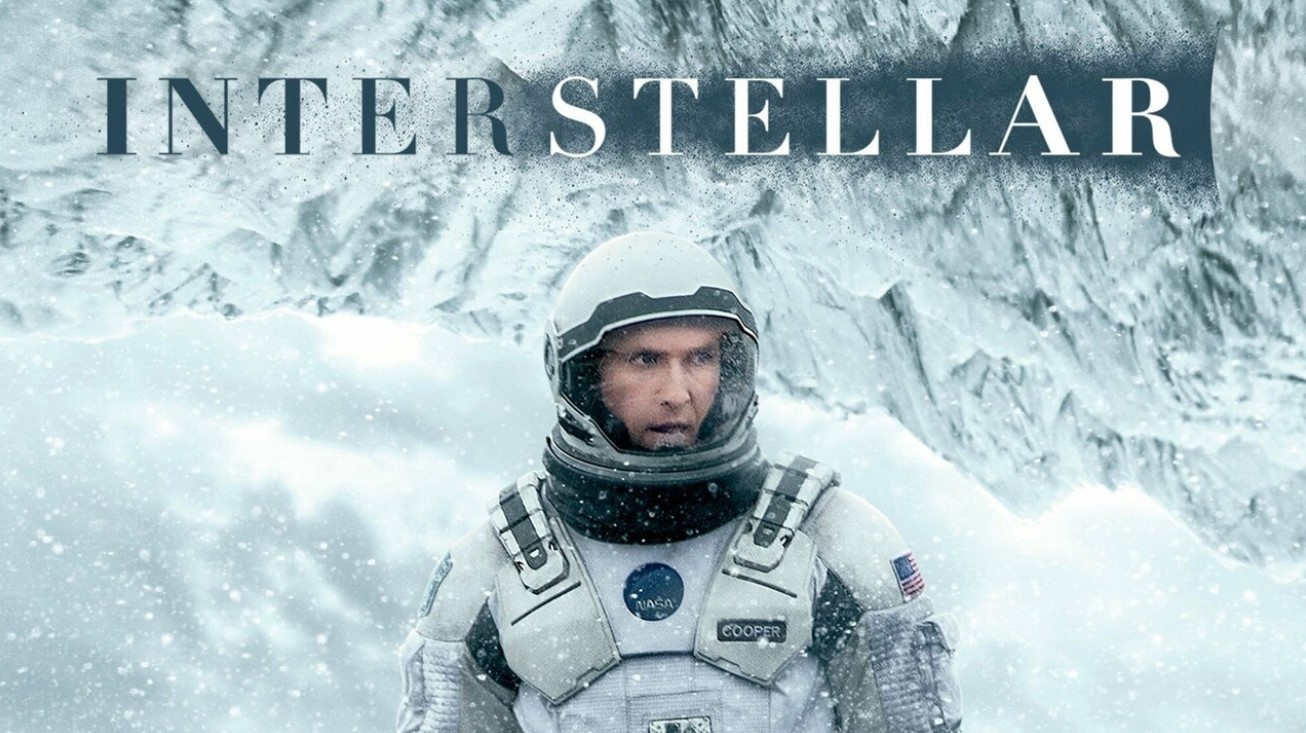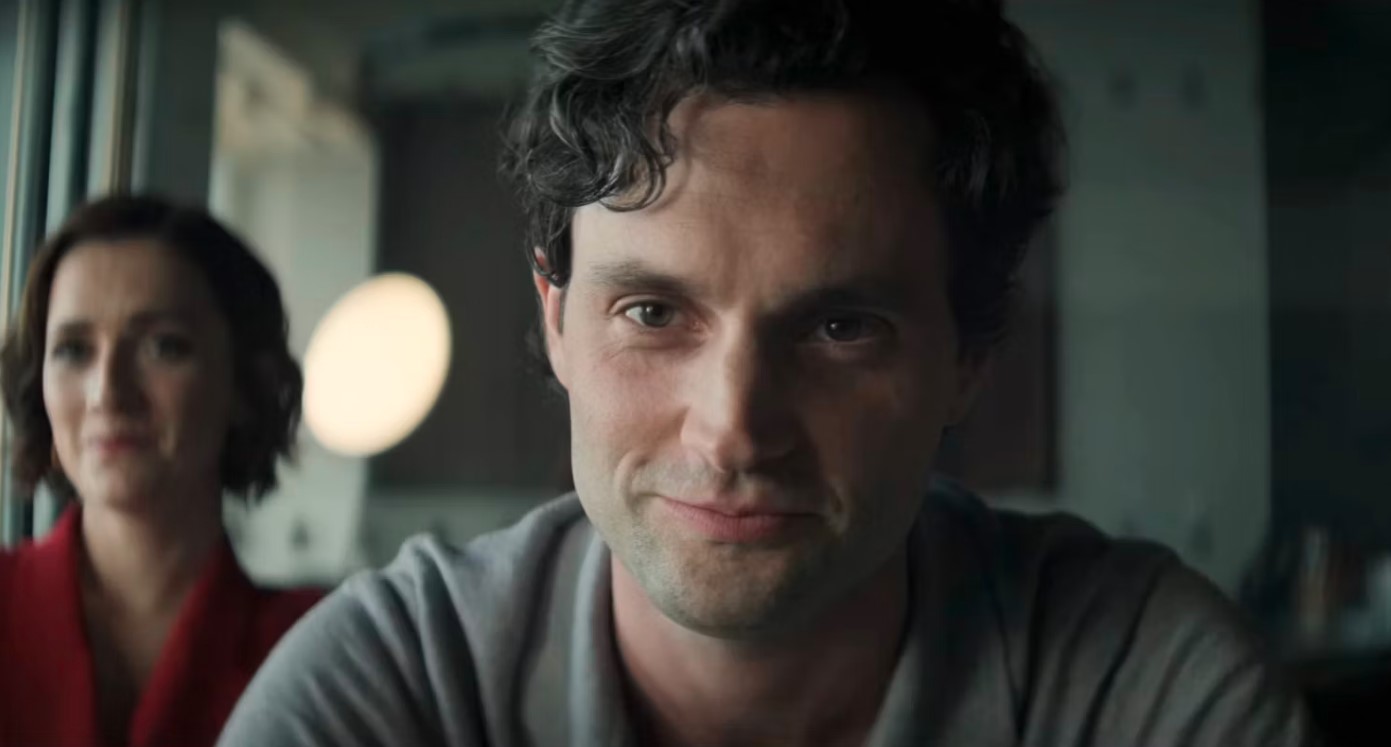Interstellar, directed by Christopher Nolan, is a sci-fi epic that took the world by storm upon its release. This visually stunning and emotionally gripping film weaves a complex narrative about space exploration, time dilation, and the survival of the human race. As we delve deeper into the intricacies of this masterpiece, we uncover a host of intriguing facts that add to its allure. In this article, we embark on a thrilling journey to explore some of the most interesting facts about “Interstellar.”

1. Scientific Accuracy: Nolan’s Commitment to Realism
One of the most remarkable aspects of “Interstellar” is its dedication to scientific accuracy. Christopher Nolan collaborated with physicist Kip Thorne, a renowned theoretical physicist, and Nobel laureate, to ensure the film adhered to scientific principles. The depiction of black holes, wormholes, and time dilation was meticulously researched and simulated using state-of-the-art computer graphics. The scientific accuracy of “Interstellar” sets it apart from other sci-fi films and has earned it praise from scientists and astronomers worldwide.
2. Time Dilation and Relativity: Bending the Rules of Time
The concept of time dilation is central to the plot of “Interstellar.” As the crew ventures near the gargantuan black hole Gargantua, they experience the effects of time dilation, where time passes differently depending on proximity to massive gravitational forces. This results in a stunning revelation that mere hours on a distant planet equate to years on Earth. The film artfully portrays the mind-bending consequences of Einstein’s theory of relativity, adding a profound layer of complexity to the narrative.
Interstellar Movie – Official Trailer
3. Practical Effects: Building Realistic Spacecraft
In an age dominated by CGI, “Interstellar” opted for practical effects wherever possible. The team constructed intricate spaceship models, including the Endurance, and used large-scale sets to create a genuine sense of weightlessness for the actors. This commitment to practicality not only gave the film a unique visual style but also helped the actors immerse themselves in their roles, delivering powerful performances.
4. TARS and CASE: The Humor of Artificial Intelligence
The film introduces us to TARS and CASE, two anthropomorphic AI robots accompanying the astronauts. These quirky and humorous machines provide much-needed comic relief amidst the tension of space exploration. Interestingly, the actor Bill Irwin, who voiced TARS, was inside a puppet-like prop during filming, interacting with the cast in real-time, resulting in more authentic reactions and on-screen chemistry.

5. Love Transcending Time and Space
At its core, “Interstellar” is a story of love and sacrifice that transcends the boundaries of time and space. Cooper’s love for his daughter, Murph, becomes a driving force behind the film’s emotional arc. The profound connection between the characters, even across vast distances and time, leaves a lasting impression on audiences, highlighting the enduring power of human emotions.
6. Filming in Iceland: Alien Landscapes on Earth
To portray the desolate and alien landscapes of other planets, the filmmakers chose Iceland as their primary shooting location. The unique and stark Icelandic landscapes, such as the Svínafellsjökull glacier, provided the perfect backdrop for scenes set on distant and uninhabitable worlds, adding an otherworldly ambiance to the film.
7. Hans Zimmer’s Iconic Score: Elevating the Film’s Emotional Impact
No discussion of “Interstellar” would be complete without acknowledging the extraordinary musical score composed by the renowned Hans Zimmer. Zimmer’s haunting and powerful soundtrack perfectly complements the film’s emotional journey, evoking a sense of wonder, hope, and despair. The use of a church organ as a dominant instrument adds an ethereal quality to the music, further immersing the audience in the grandeur of space and the complexities of human emotion.

8. The Bookshelf: Visualizing Higher Dimensions
One of the most visually stunning and intellectually stimulating sequences in “Interstellar” occurs when Cooper finds himself inside a tesseract—a four-dimensional construct that transcends time and space. The tesseract takes the form of a massive bookshelf, allowing Cooper to interact with different moments in his daughter’s life. This ambitious portrayal of higher dimensions challenges our perception of reality and serves as a captivating exploration of scientific concepts that are difficult to comprehend in our three-dimensional world.
SEE MORE
Conclusion
“Interstellar” stands as a testament to Christopher Nolan’s visionary storytelling and dedication to scientific accuracy. The film’s exploration of scientific concepts, such as time dilation and relativity, captivates audiences while remaining true to the laws of physics. With its mix of stunning visuals, emotional depth, and profound themes, “Interstellar” continues to resonate with viewers long after its release. As we continue to marvel at this cinematic masterpiece, we are reminded of the boundless wonders that lie beyond our planet and the enduring strength of human spirit in the face of the unknown.


